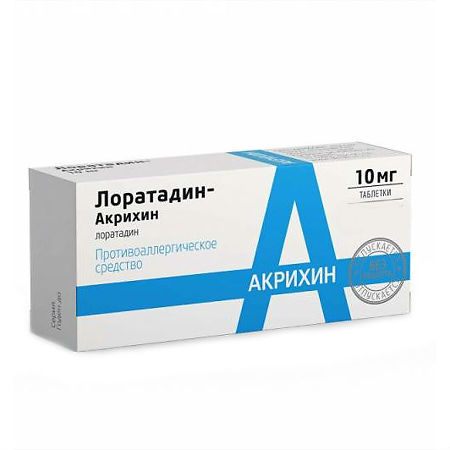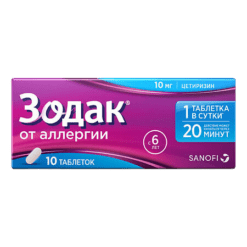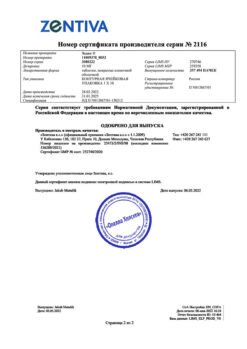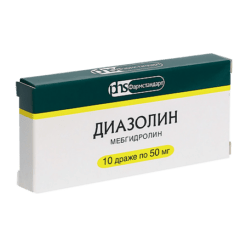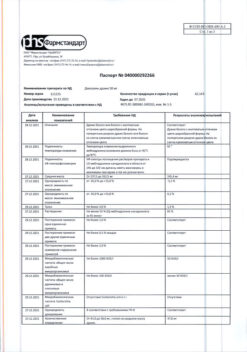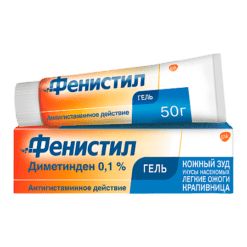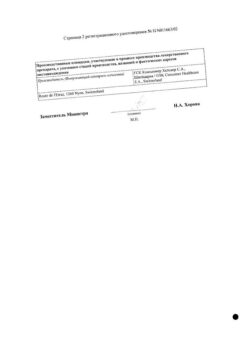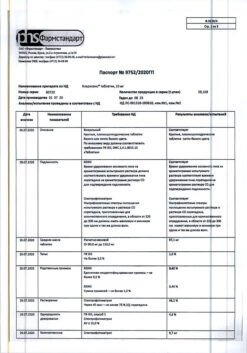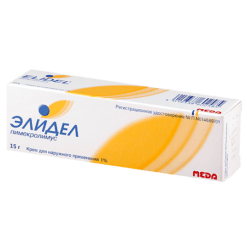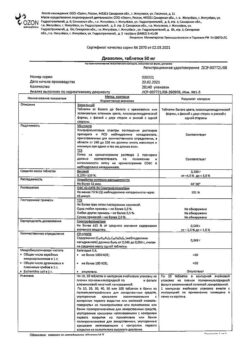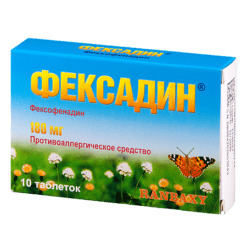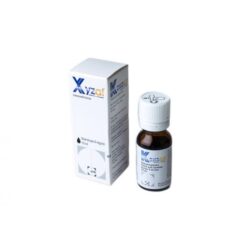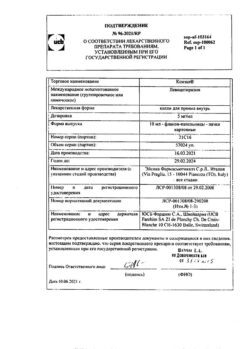No products in the cart.
Description
Histamine H1-receptor blocker of long action. It has anti-allergic, antipruritic, antiexudative action. It prevents the development and facilitates the course of allergic reactions.
Inhibits the release of histamine and leukotriene C4 from mast cells. It reduces capillary permeability, prevents the development of tissue edema, relieves spasms of smooth muscles.
It does not influence the CNS (because it does not penetrate through the HEB) and it is not addictive.
The antiallergic effect develops in 30 minutes, reaches its maximum in 8-12 hours and lasts for 24 hours.
Indications
Indications
– Seasonal and year-round rhinitis (including pollinosis);
– Allergic conjunctivitis;
– Urticaria (including chronic idiopathic). Chronic idiopathic);
– Quincke’s edema;
– pseudoallergic reactions caused by histamine release;
– itchy dermatoses;
– allergic reaction to insect bites.
Active ingredient
Active ingredient
Composition
Composition
Active ingredient: loratadine 100% -10 mg;
Excipients: lactose monohydrate – 110 mg, microcrystalline cellulose – 75 mg, calcium stearate – 2 mg, sodium carboxymethyl starch – 3 mg.
How to take, the dosage
How to take, the dosage
The drug is taken orally.
Adults and children with body weight of more than 30 kg are prescribed 10 mg (1 tablet or 2 scoops of syrup) once daily.
Children from 2 to 12 years of age with a body weight less than 30 kg are prescribed 5 mg (1 scoop of syrup) once daily.
In case of renal failure the initial dose is 10 mg every other day.
In case of hepatic insufficiency, the initial dose of the drug is 5 mg/day or 10 mg every other day.
Interaction
Interaction
CYP3A4 inhibitors (including erythromycin, ketoconazole) CYP3A4 and CYP2D6 inhibitors (cimetidine and others) when combined with loratadine increase the plasma concentration of loratadine without causing clinical effects and without affecting ECG data.
Microsomal oxidation inducers (phenytoin, barbiturates, rifampicin, phenylbutazone, tricyclic antidepressants) decrease the effectiveness of loratadine.
Loratadine does not increase the effect of ethanol on the CNS.
Special Instructions
Special Instructions
Impact on driving and operating machinery
At the time of treatment, caution should be exercised when driving motor vehicles and engaging in other potentially dangerous activities requiring increased concentration and quick psychomotor reactions.
Contraindications
Contraindications
– lactation period;
– children with body weight less than 30 kg (for tablets);
– children under 2 years of age (for syrup);
– Lactose intolerance, lactase deficiency, glucose-galactose malabsorption syndrome (for tablets);
– Hypersensitivity to any of the ingredients of the drug.
The drug should be used with caution in case of hepatic impairment and pregnancy.
Side effects
Side effects
Adverse events occurred with approximately the same frequency as with placebo.
In adults: headache, increased fatigue, dry mouth, drowsiness, nausea, gastritis, allergic reactions (rash), anaphylaxis, alopecia, liver dysfunction, tachycardia.
In children: headache, increased nervous excitability, sedative effect.
Overdose
Overdose
Symptoms: drowsiness, tachycardia, headache.
Treatment: gastric lavage, administration of activated charcoal. Not excreted with hemodialysis.
Pregnancy use
Pregnancy use
Similarities
Similarities
Additional information
| Shelf life | 5 years |
|---|---|
| Conditions of storage | The drug in tablet form should be stored in a dry place out of reach of children at a temperature not exceeding 25 ° C. |
| Manufacturer | Akrihin HFC JSC, Russia |
| Medication form | pills |
| Brand | Akrihin HFC JSC |
Related products
Buy Loratadine-Acrihin tablets 10 mg, 7 pcs. with delivery to USA, UK, Europe and over 120 other countries.

